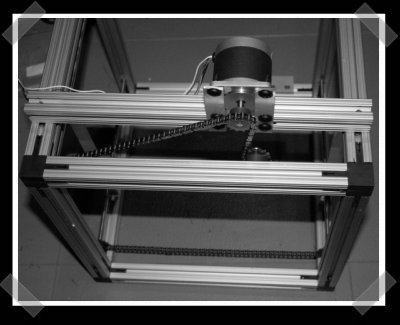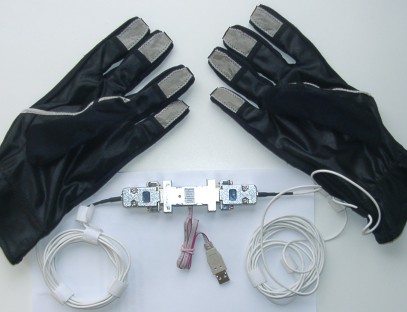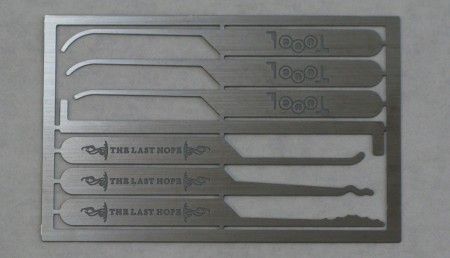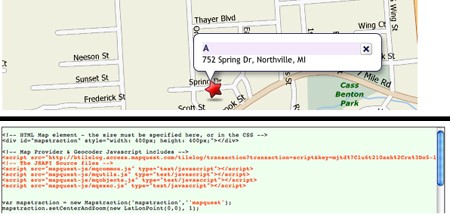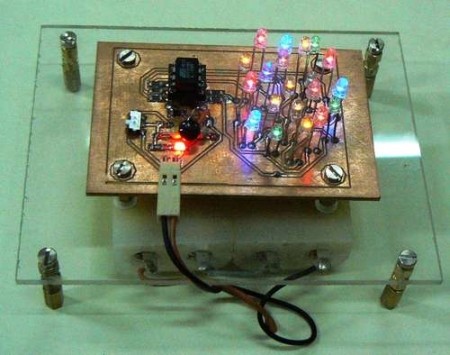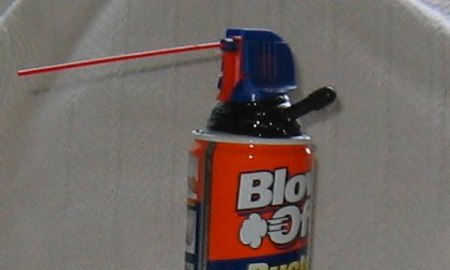
While not very technical, [3eff_Jeff] posted an interesting modification to an empty air canister that makes it refillable. He was tired of drilling holes in the ozone, so he carefully drilled a hole into the top of the can instead. In the name of caution, he made sure the can was completely empty first by tying the trigger down with a rubber band. After waiting a while he carefully drilled the hole using an oil lubricant, and then epoxied in a Schrader valve from a leftover bike tire tube.
Due to compression of the air as it is pumped into the can, it becomes quite warm. He found that if the can is allowed to cool to room temperature, the air would become very cold once leaving the canister, which would cause condensation problems. So he uses it right after filling, and then empties it out when not in use.
We do not recommend anyone trying this, but it is a unique way to make a commonly used disposable resource in the computer field reusable. If we can use something more than once, we’re definitely for it. That’s why we support recycling components that would otherwise make their way to the landfill.

